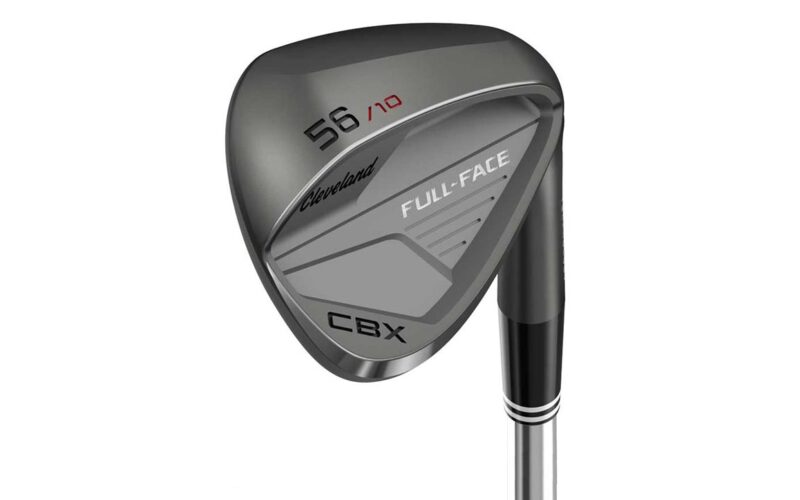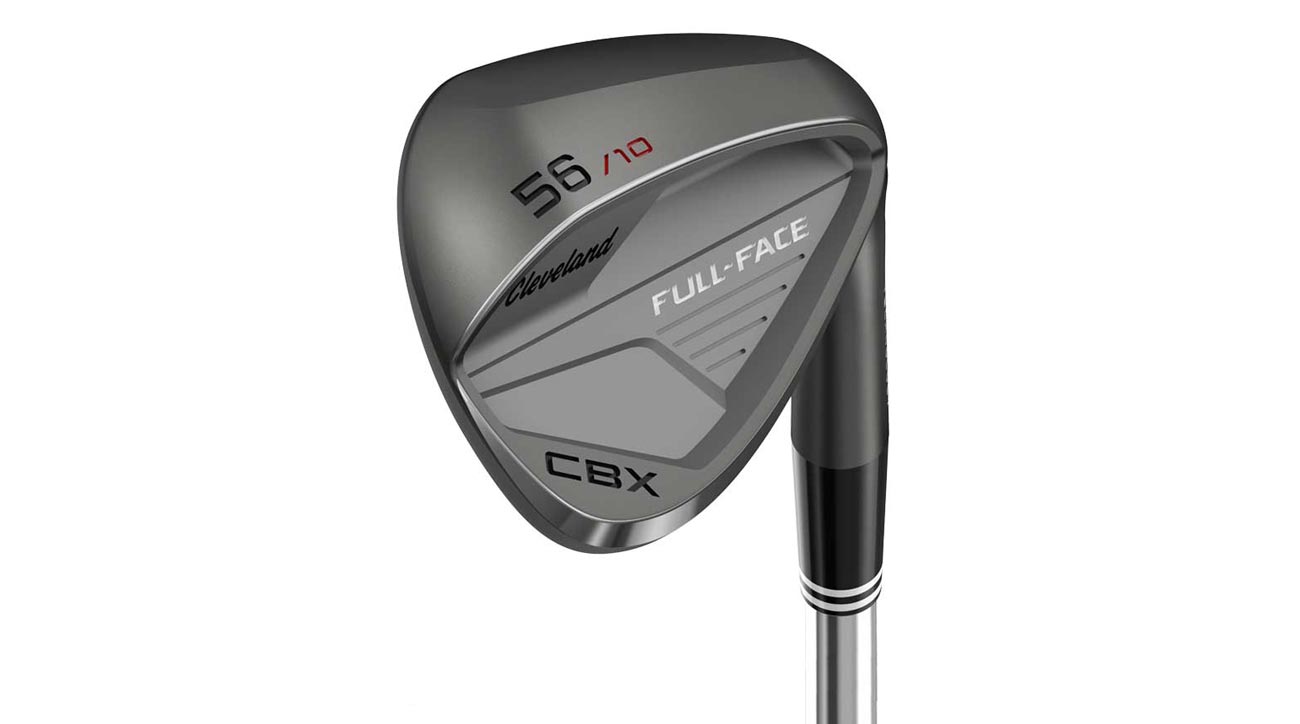Rory McIlroy and Shane Lowry shot an 11-under 61 in four-ball play Thursday for a share of the first-round lead at TPC of Louisiana.
5 tips that helped me get max spin, touch and control from my 60-degree wedge

GOLF Instruction Editor Nick Dimengo’s 60-degree-wedge play around the greens has improved thanks to this advice.
The post 5 tips that helped me get max spin, touch and control from my 60-degree wedge appeared first on Golf.
GOLF Instruction Editor Nick Dimengo’s 60-degree-wedge play around the greens has improved thanks to this advice.
The post 5 tips that helped me get max spin, touch and control from my 60-degree wedge appeared first on Golf.
As a 13 handicap, I’m far from being a professional golfer. So, like many of you, I still have to deal with the consequences inconsistent shots.
One area of my game that I’ve worked on over the past couple months has been my short game. After adding a 60-degree wedge to my bag late last year, I’ve committed myself to learn how to actually hit it rather than to default to using my pitching wedge.
Not that there’s anything wrong with using a pitching wedge, but, in my experience, I was hitting good shots that would often land on the green with heavy top spin, resulting in my ball rolling past the hole. This left me with longer putts — something no amateur enjoys. I knew I could do better.
Thanks to tips from some of GOLF’s Top 100 Teachers (and others, like Parker McLachlin), I’ve discovered a few things that have helped me hit higher, softer shots with my 60-degree wedge, getting me closer to the pin. Here’s what I’ve learned:

Cleveland Golf CBX Full-Face Wedge
5 tips for hitting a 60-degree wedge more effectively
1. Narrow your stance
One of the main pieces of advice I got from McLachlin was a simple one: Narrow my stance!
Like many amateurs, I was setting up with a wider stance, having the ball position sit toward my front foot. It’s how I was always taught growing up, and, in 25 years, never thought about changing it.
But McLachlin has helped modernize my short game, and the first step was to get my feet about shoulder width apart when chipping.
2. Center the ball with your sternum
As mentioned above, I seemed to always play shots around the green with the ball positioned across from my front foot. I then used an open stance with my pitching wedge, hoping to use the heel of the club to get under the ball for a soft shot.
Unfortunately, I didn’t always have the best control when doing this.
But with a higher-lofted club like a 60-degree wedge, I’ve started to center the ball with my sternum. This gives me better control, and leads to more consistent contact with the middle of the clubface.
By trusting my 60-degree wedge to do what it’s supposed to do — naturally get under the ball — simply setting up differently has led to nicer results.
3. Open up the clubface
When I first started using a 60-degree wedge, I frequently bladed shots. This happened because I wasn’t opening my clubface enough, which led to some terrible results.
For instance, I once hit a shot from about 20 yards off the green to about 30 yards over it. To say my touch was off would be an understatement.
But by opening my clubface about 70-80 degrees, I’m starting to give myself added protection from blading short shots. It allows me to take a solid swing, knowing that if I get under the ball, the ball my come up a little short but shouldn’t fly the green.
4. Keep weight forward
Whether I was hitting from a bunker, from the first cut or from the rough, I was doing what a lot of amateurs tend to do when chipping toward the green — transferring my weight back, thinking it would help me get under the ball.
Not anymore.
Instead, by incorporating the above steps, I’ve been able to keep my weight forward, giving me a much more pure shot with my 60-degree wedge. Now, it’s harder to make the mistake of leaning back, which leads to thin shots that fly the green.
5. Swing at 75 percent
As a disclaimer, I’ve been swinging at 75 percent with my 60-degree wedge from about 20-25 yards — so be sure you get a feel for your particular comfort level before using this piece of advice.
For me, swinging at 75 percent leaves room for error. It means I can mishit a shot and still see a nice, high loft, which, even if short, usually rolls closer to the pin (as a couple shots in the video above do).
I use the leading edge of the club to engage with the turf, and have a follow-through that mirrors my backswing. By doing this, I can control each shot — which produces just enough backspin to avoid the ball running too far past the hole.
While I still have room for improvement and my short game isn’t yet a finished project, applying the tips above have led to much better results. I not only feel the difference when using my 60-degree wedge, but I also see the difference — resulting in fewer shots and lower scores.
The post 5 tips that helped me get max spin, touch and control from my 60-degree wedge appeared first on Golf.
